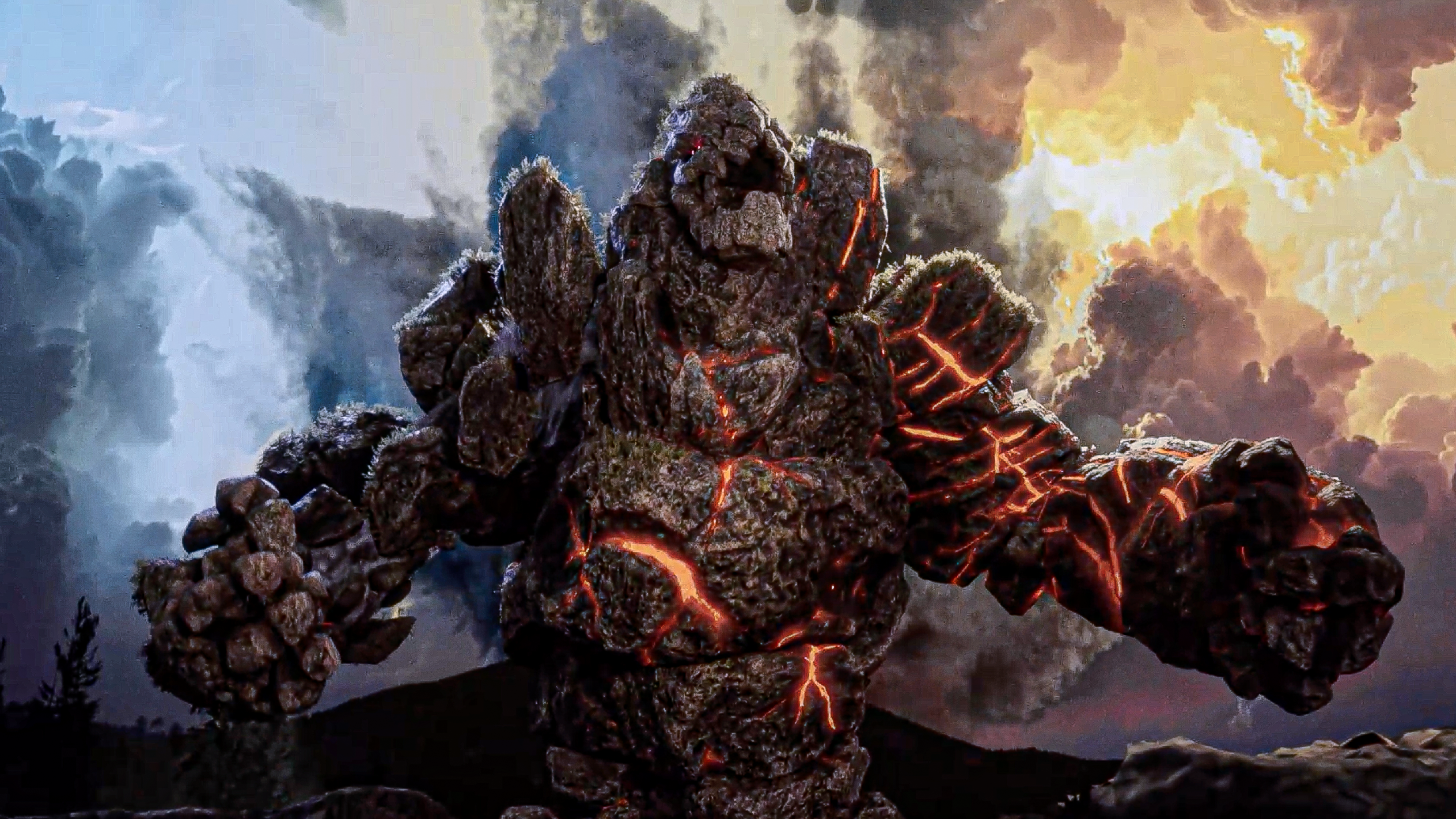
Discover Upcoming Features and Ideas
Catch up on upcoming features, vote, comment, and submit new ideas.
 EmberGen
EmberGen LiquiGen
LiquiGen IlluGen
IlluGen GeoGen
GeoGen JangaFX
JangaFXUpcoming: 2.0 (2026)
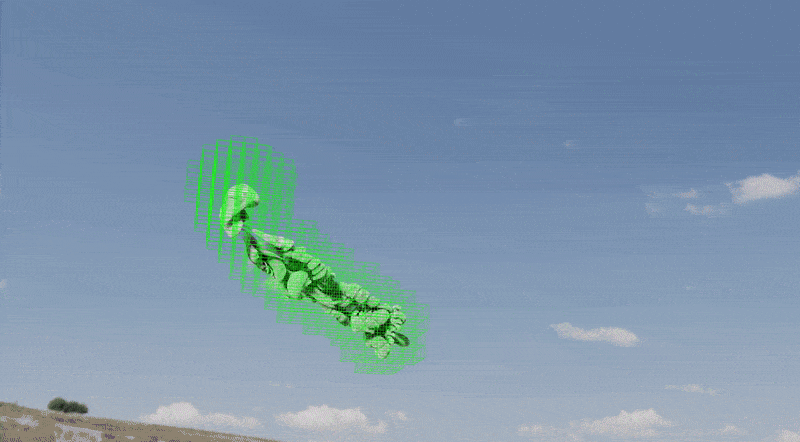
New Sparse Simulation Technology and Rendering
Completed
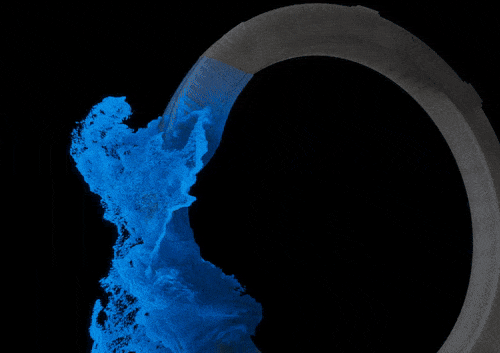
New GPU Particle System
On Target
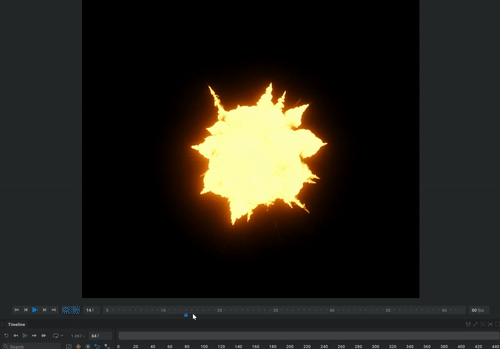
Volume Caching for Scrubbable Simulations
On Target
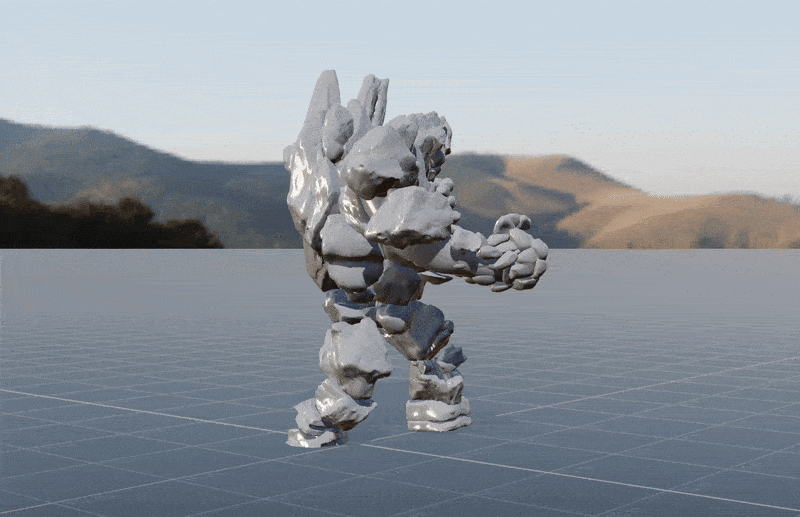
Improved Mesh Rendering
On Target
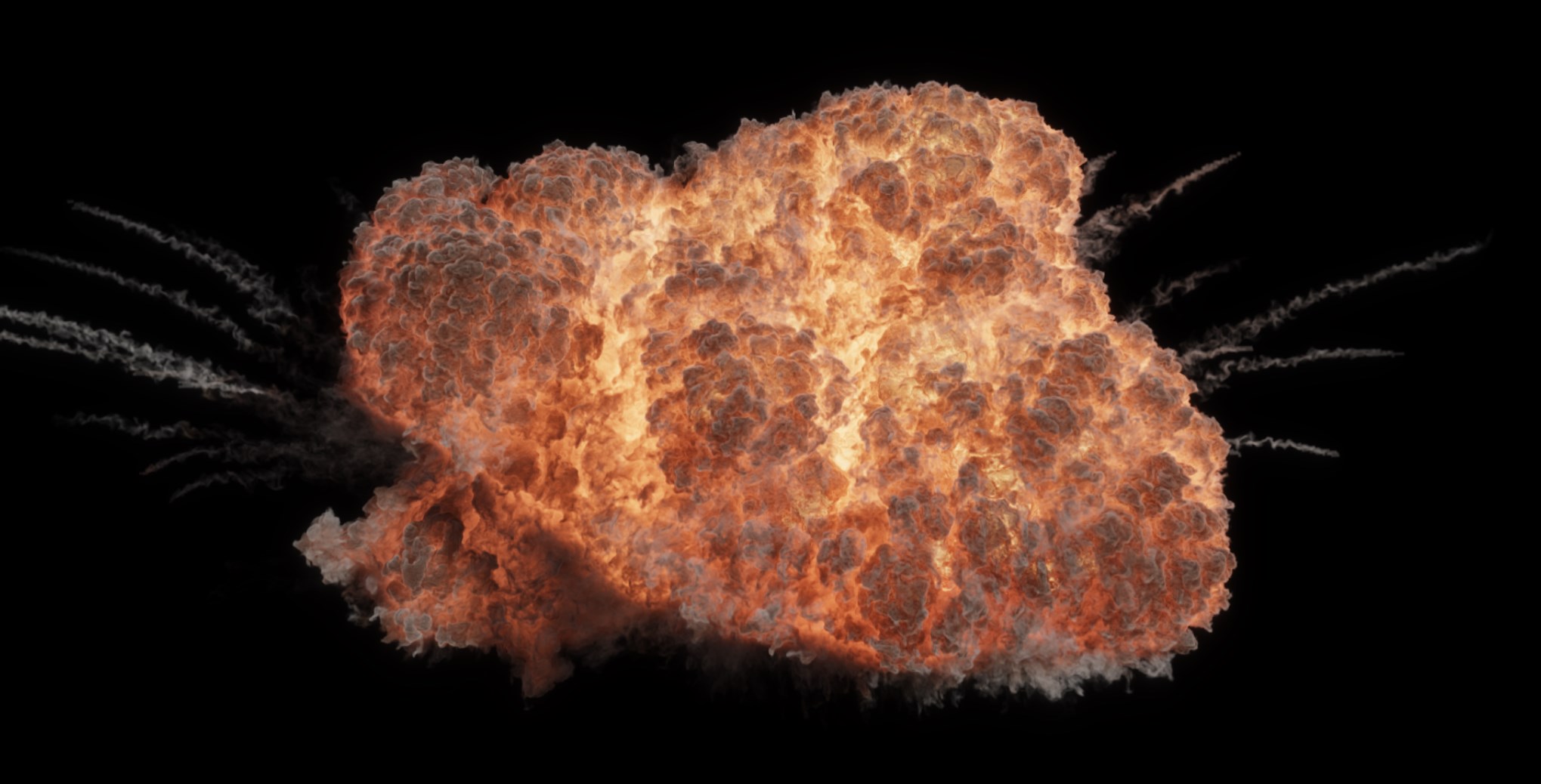
New Combustion Model
On Target
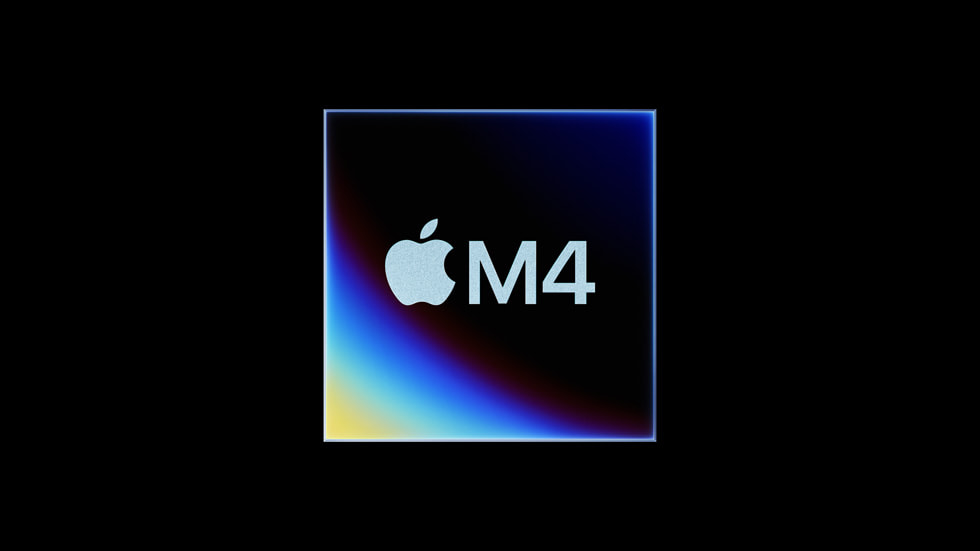
MacOS Support on M-Series Chipsets
On Target
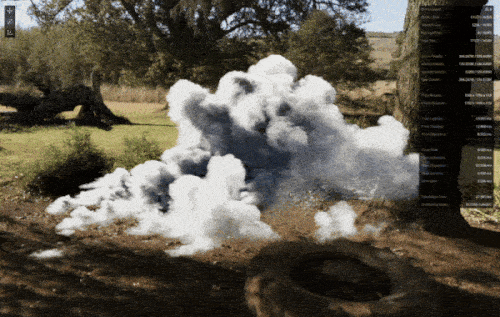
Import VDB Files
Completed
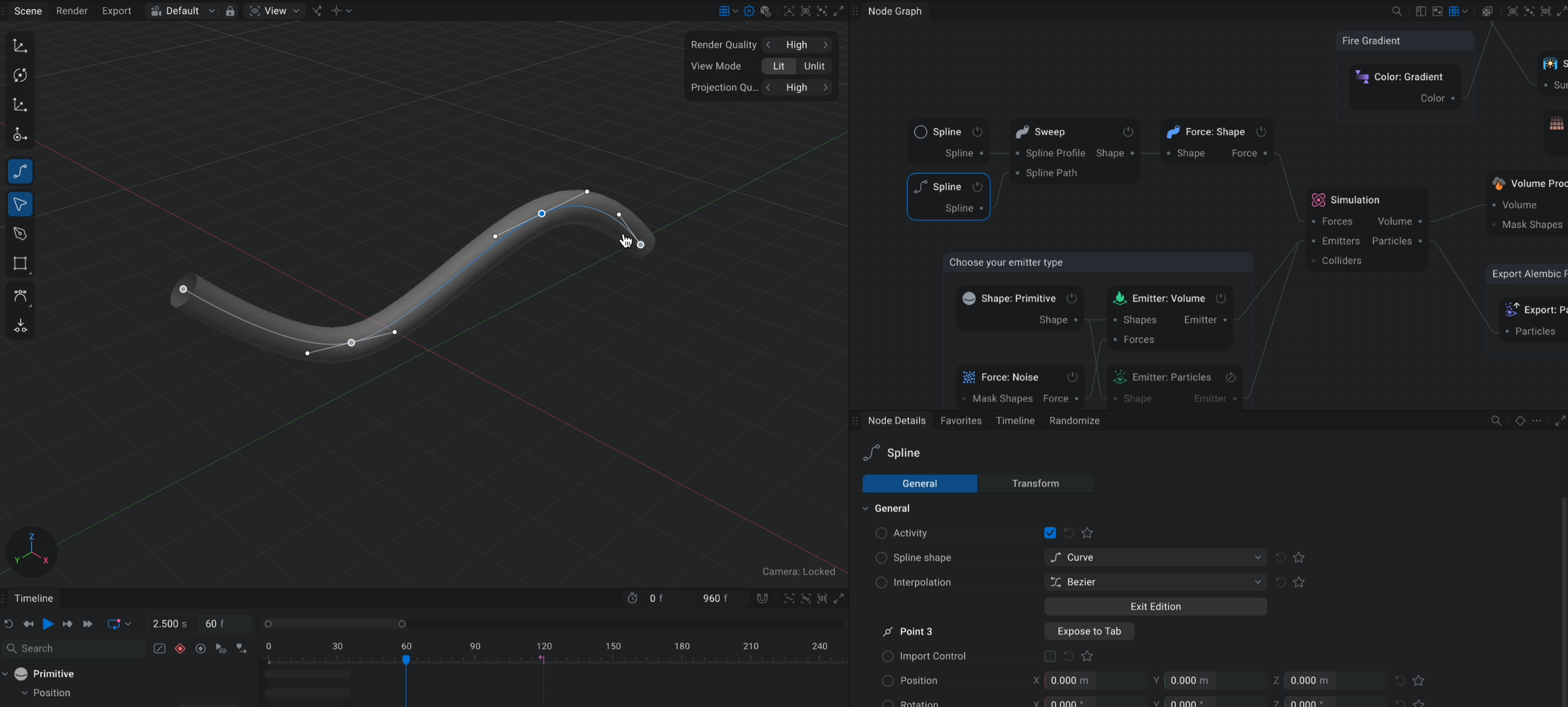
Spline Shapes & Forces
On Target
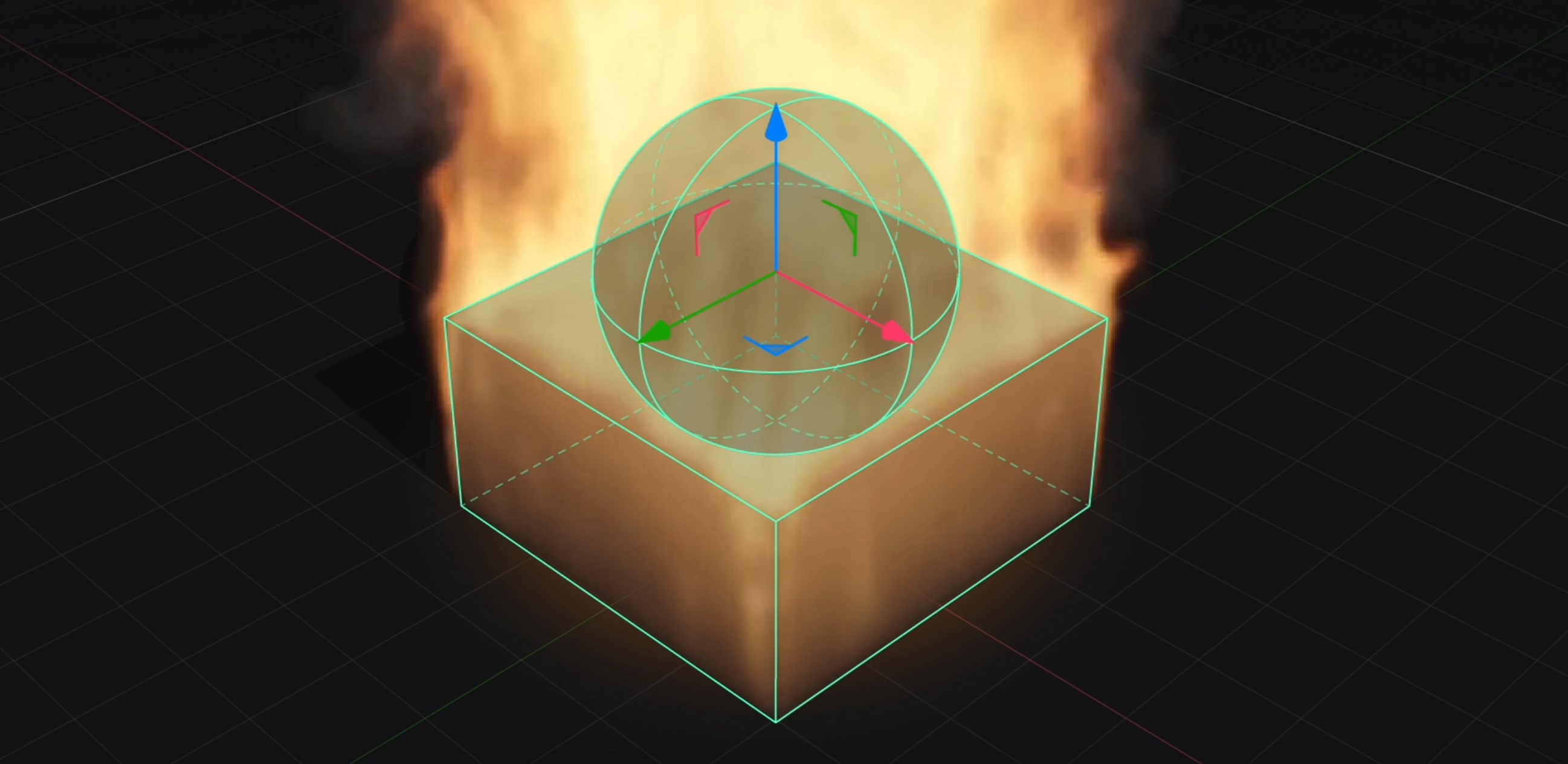
Selectable Viewport Items
On Target
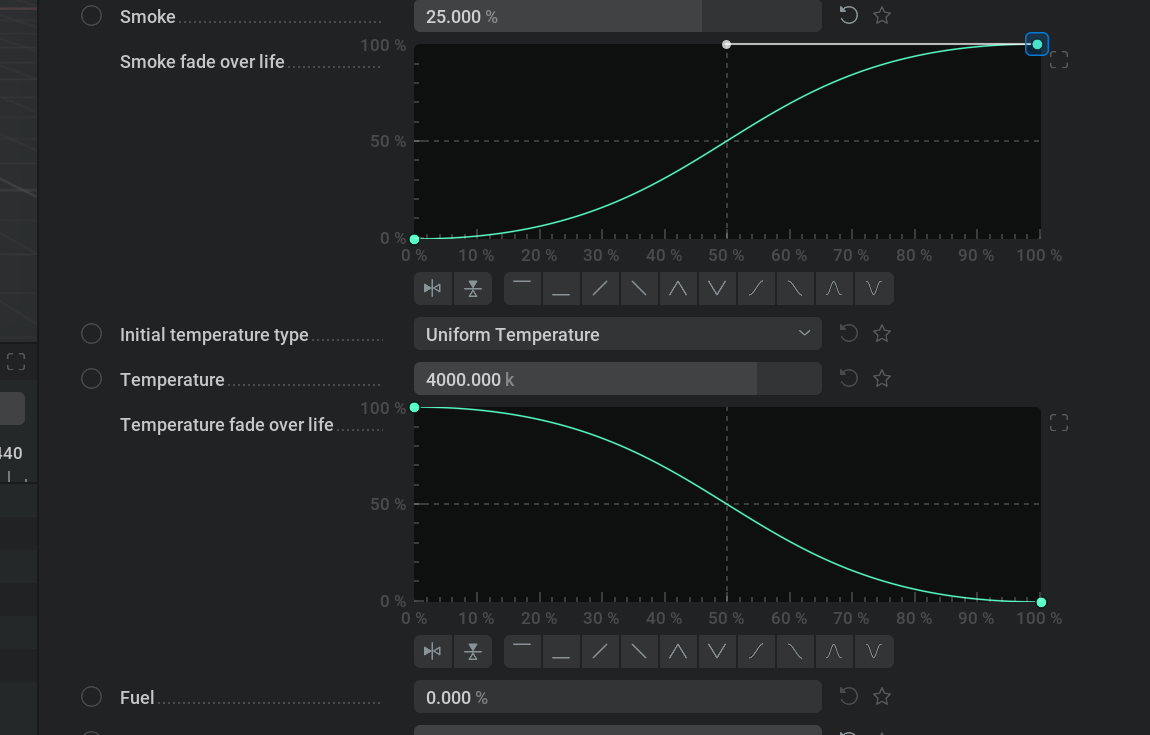
Curve controls for more parameters
On Target
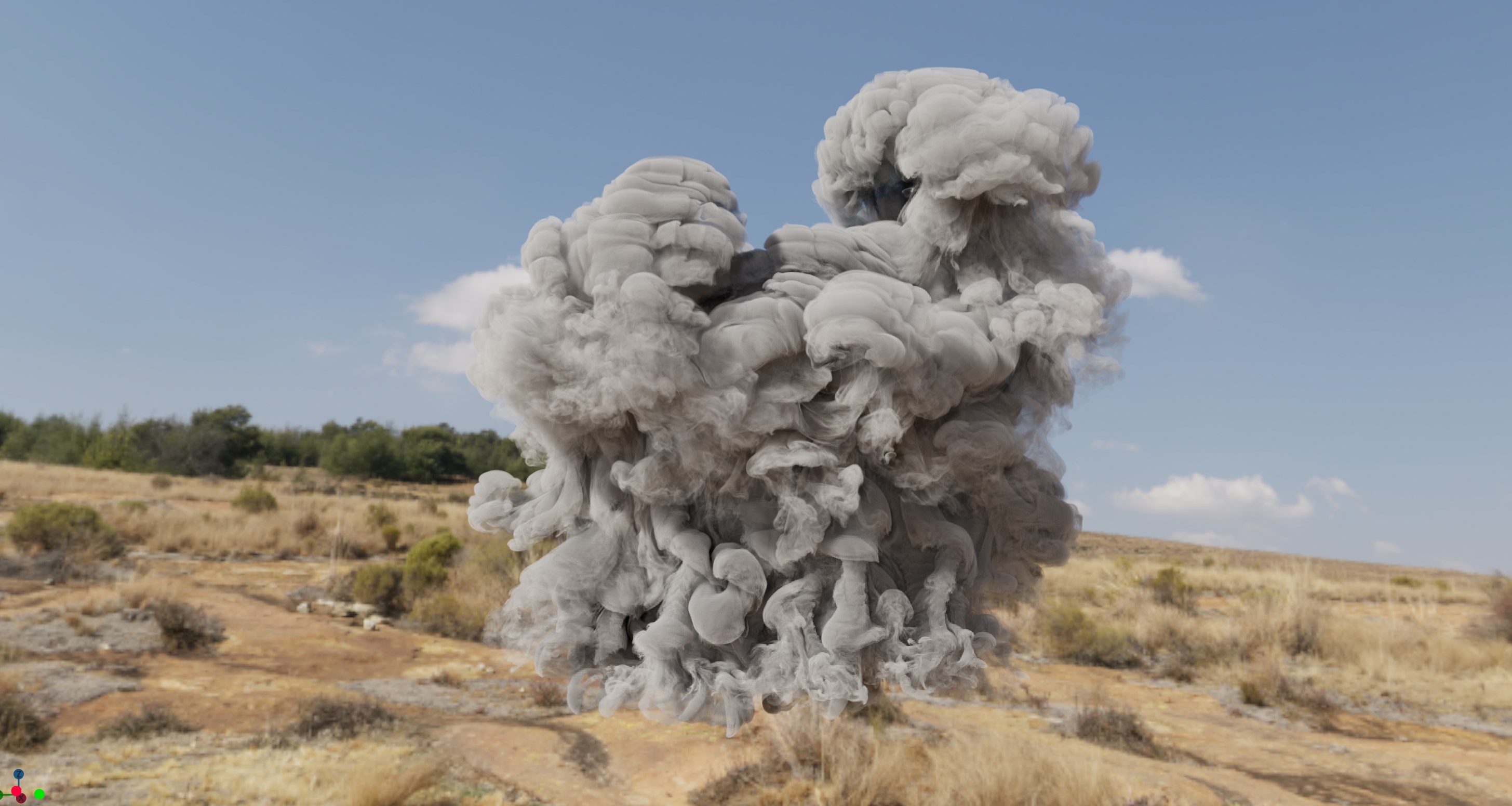
HDRI Support for Skyboxes
Completed
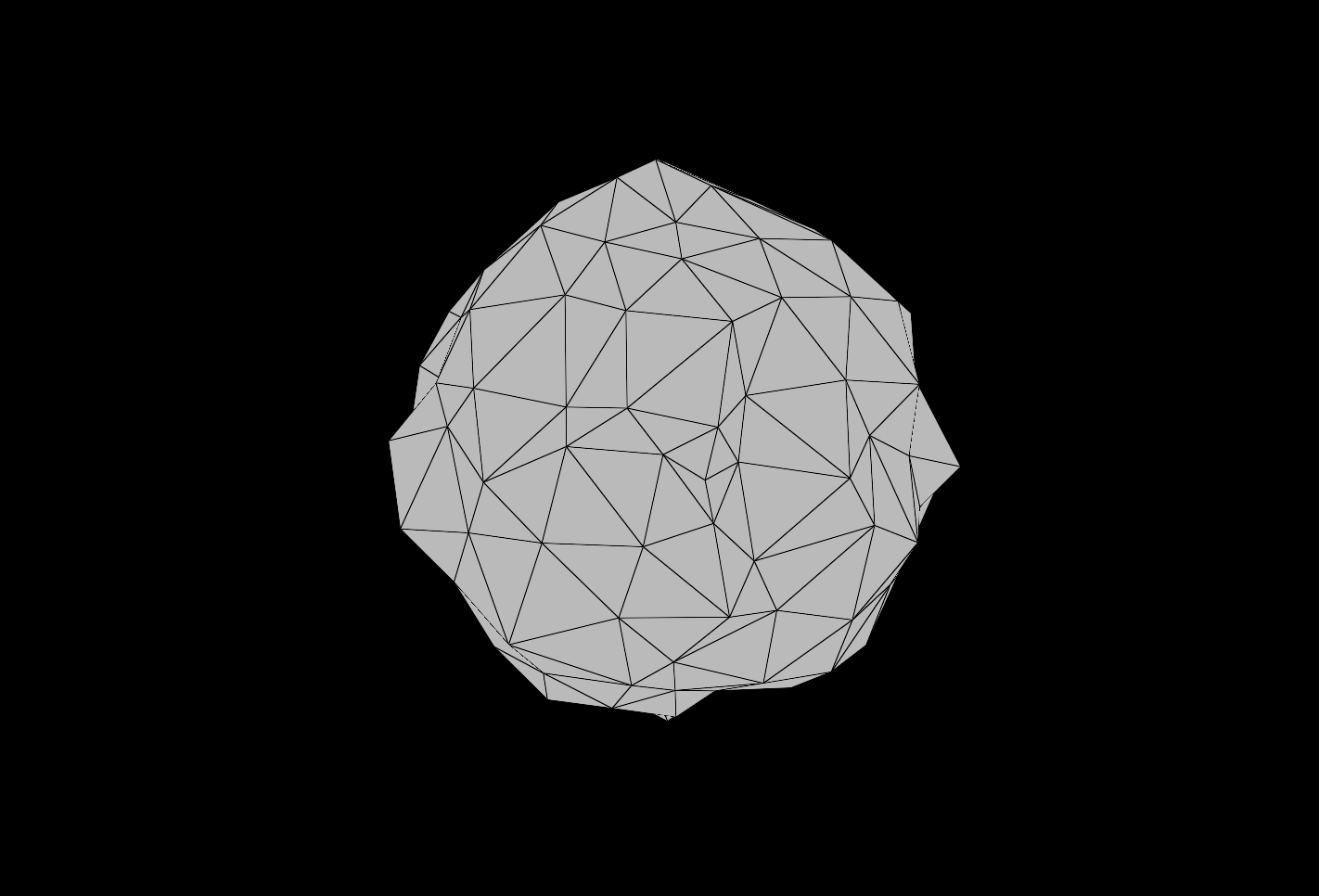
Mesh Based Particles - Debris & Mesh Instancing
On Target
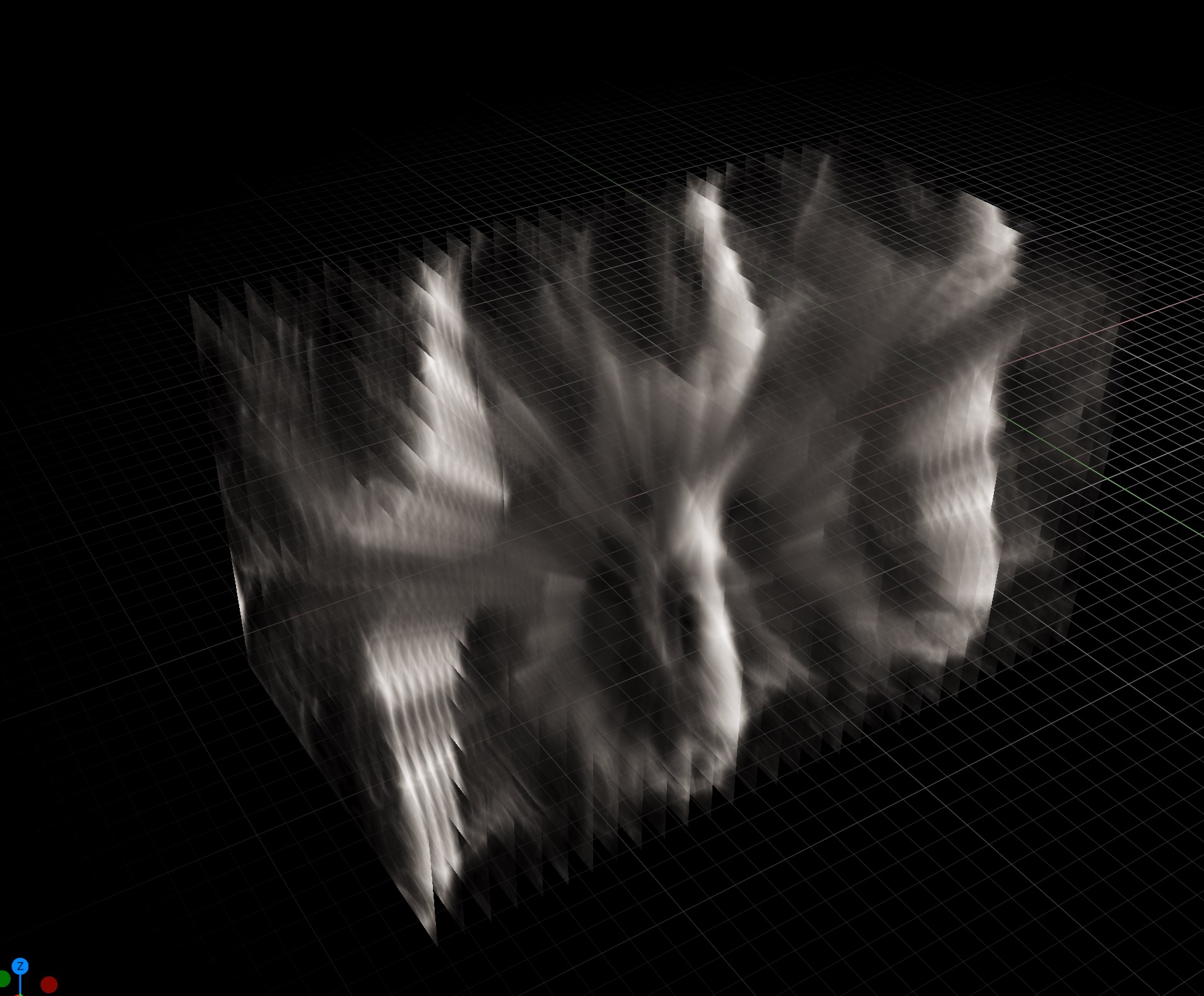
Animated 3D/4D Volume Textures for Games
On Target
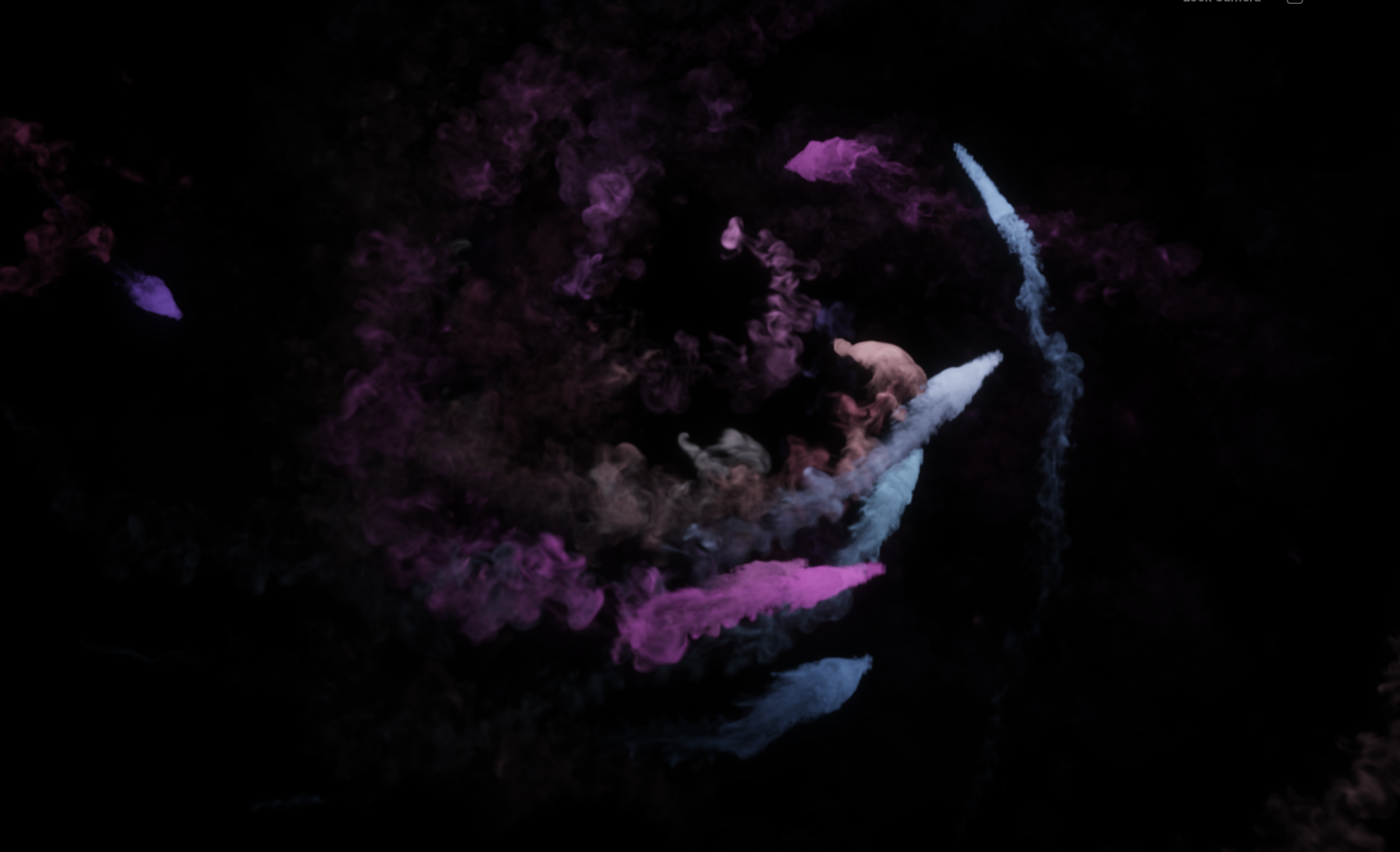
Variable Component Injection - Custom Voxel Data (Multi-sim)
On Target
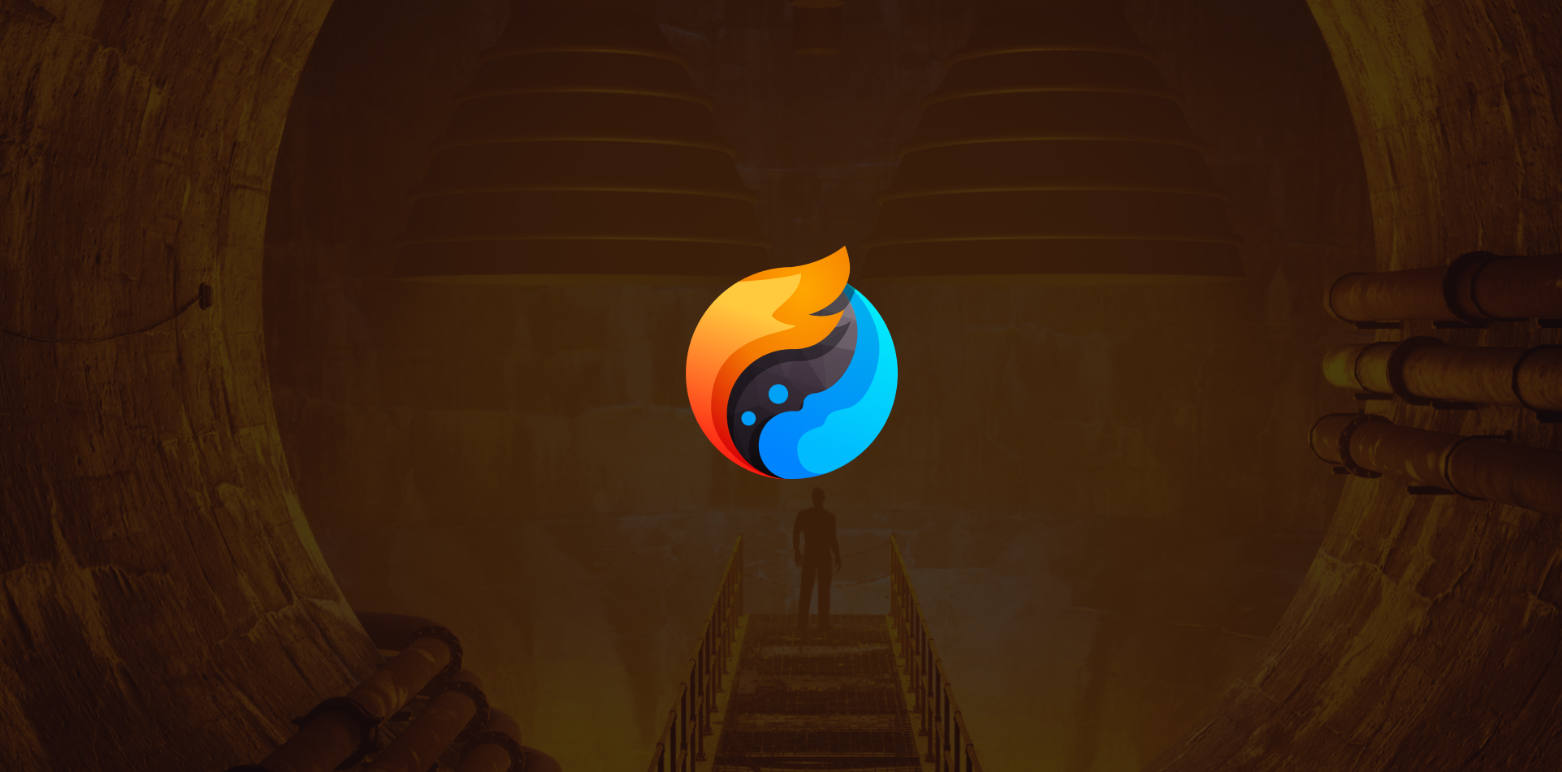
Emission from textures
On Target
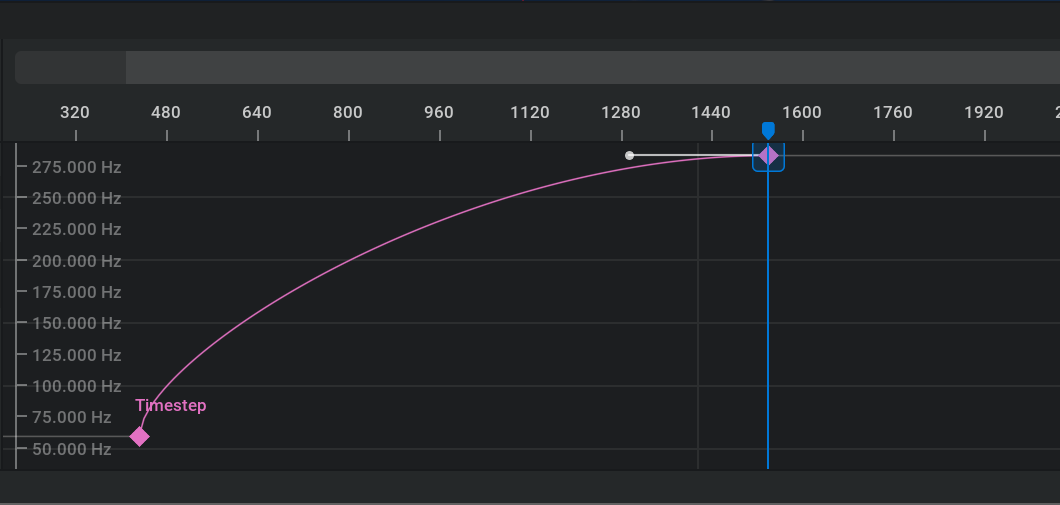
Retiming Simulations & True Scene FPS Options
On Target
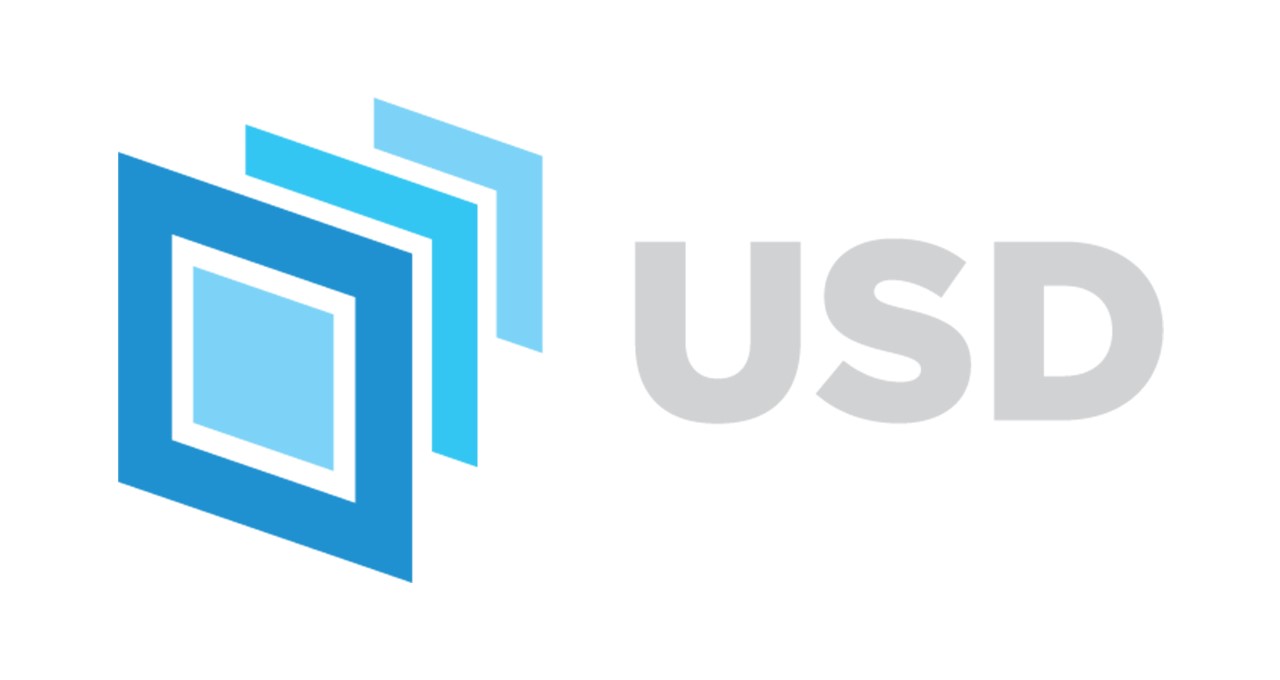
USD Format Support
On Target
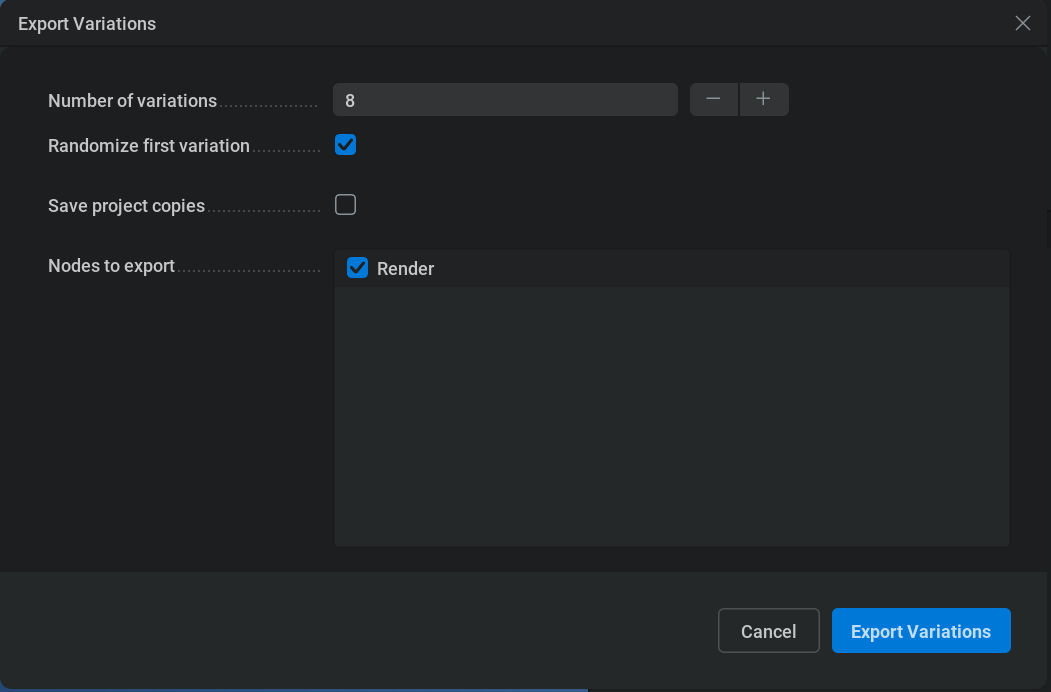
Wedging & Batch Processing UI
On Target
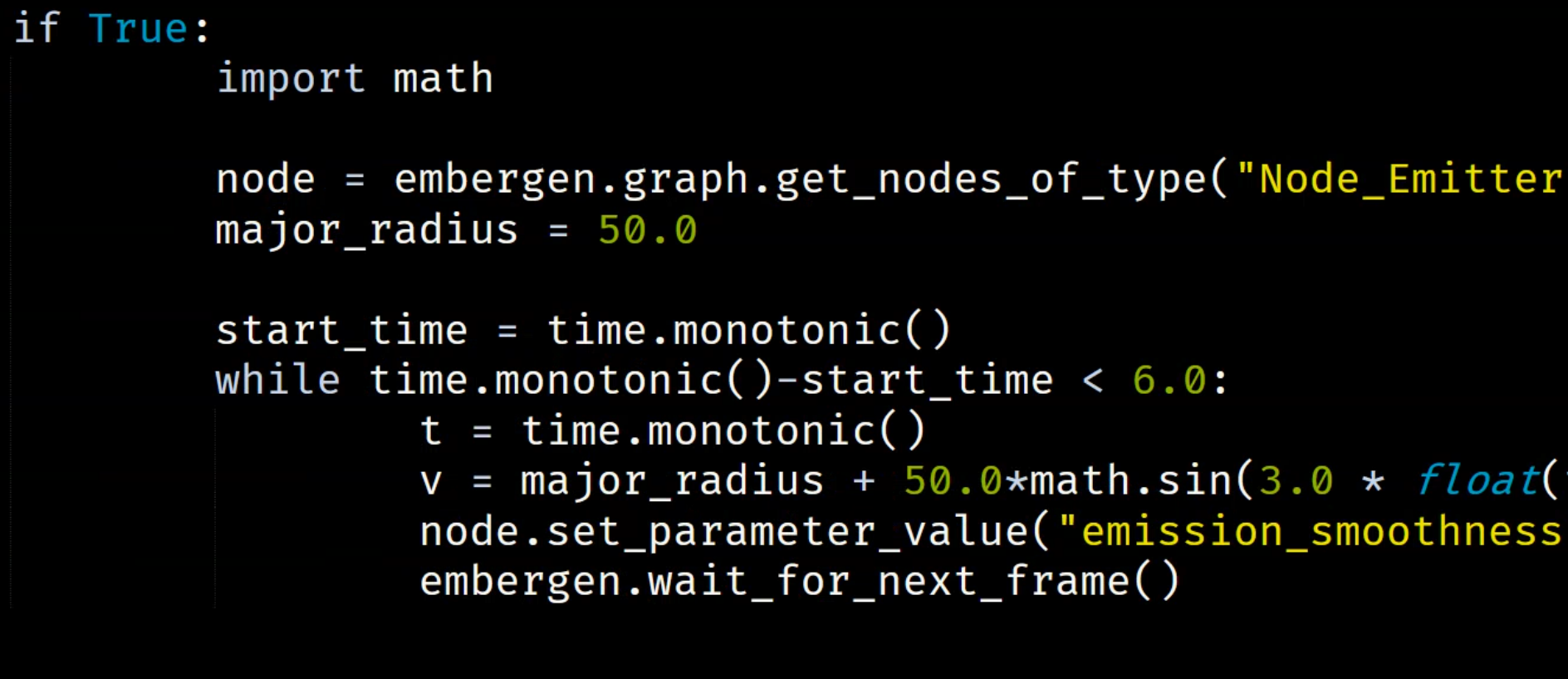
Scriptable API
On Target
Shipped: 1.2.5 - Bug Fix Patch (October 22nd, 2025)
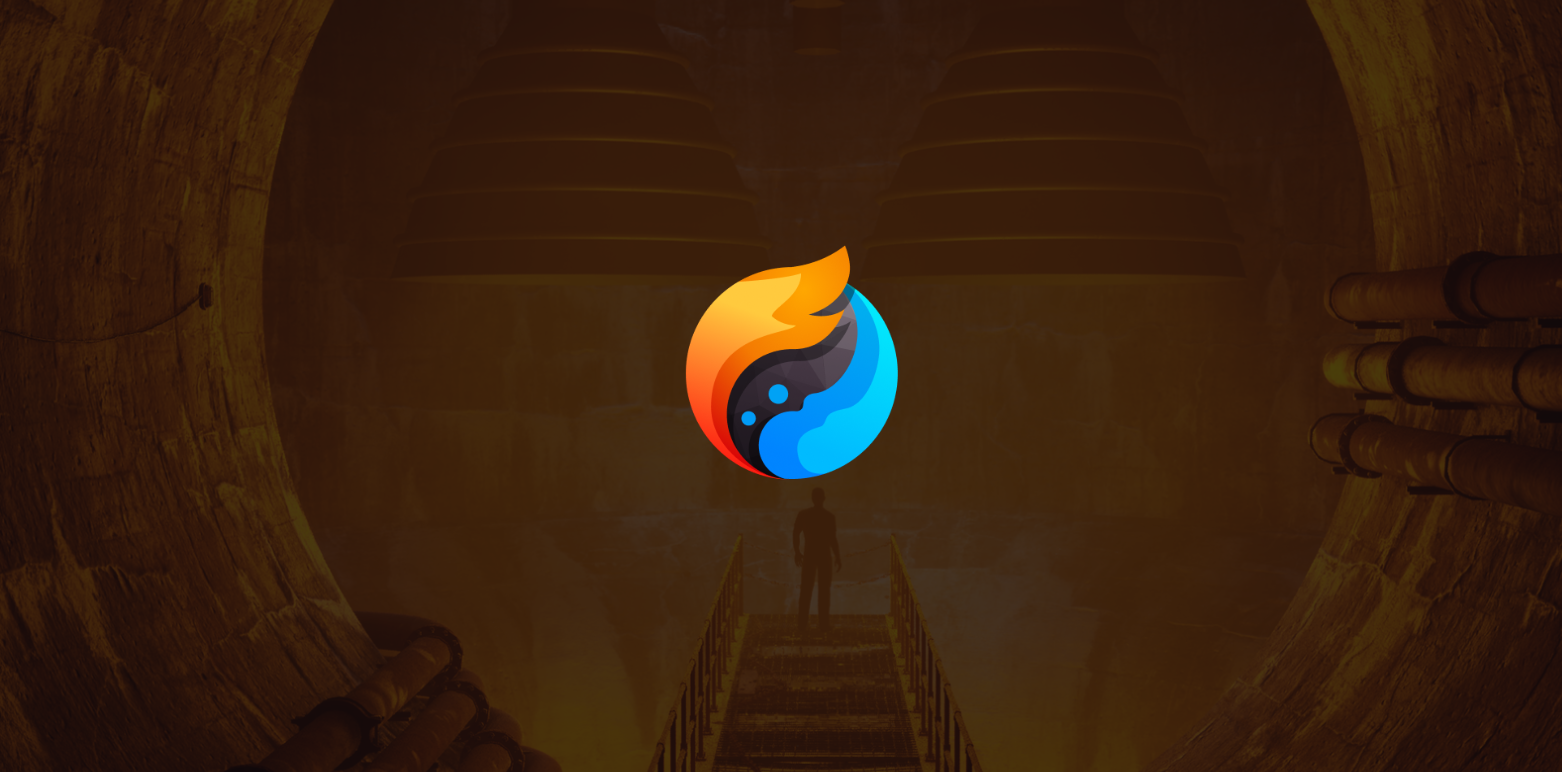
EmberGen 1.2.5 Changelog
Completed
Shipped: 1.2.4 - Bug Fix Patch (June 17th, 2025)
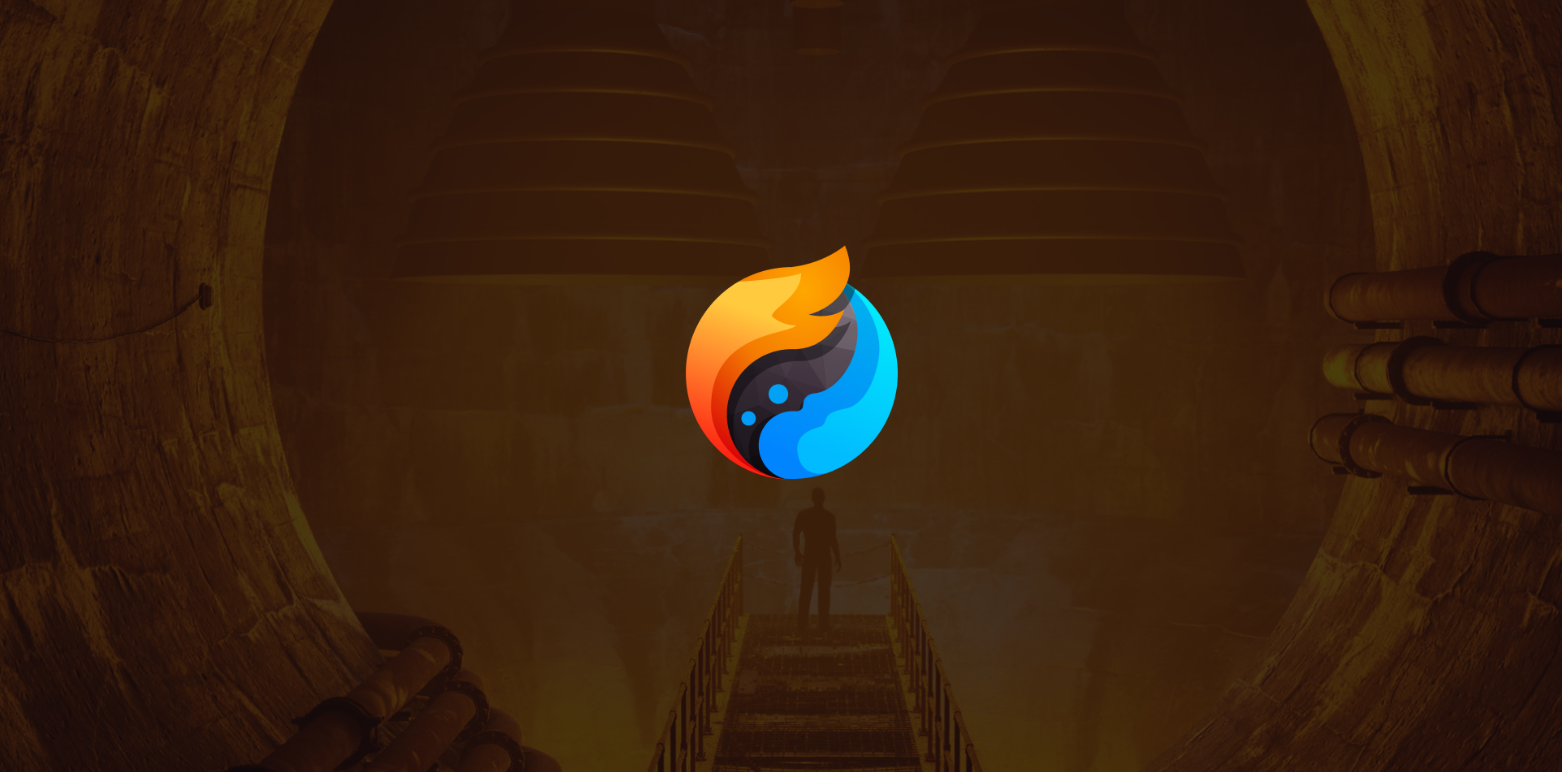
1.2.4 Changelog
Completed
Shipped: 1.2.3 - Bug Fix Patch (June 2nd, 2025)
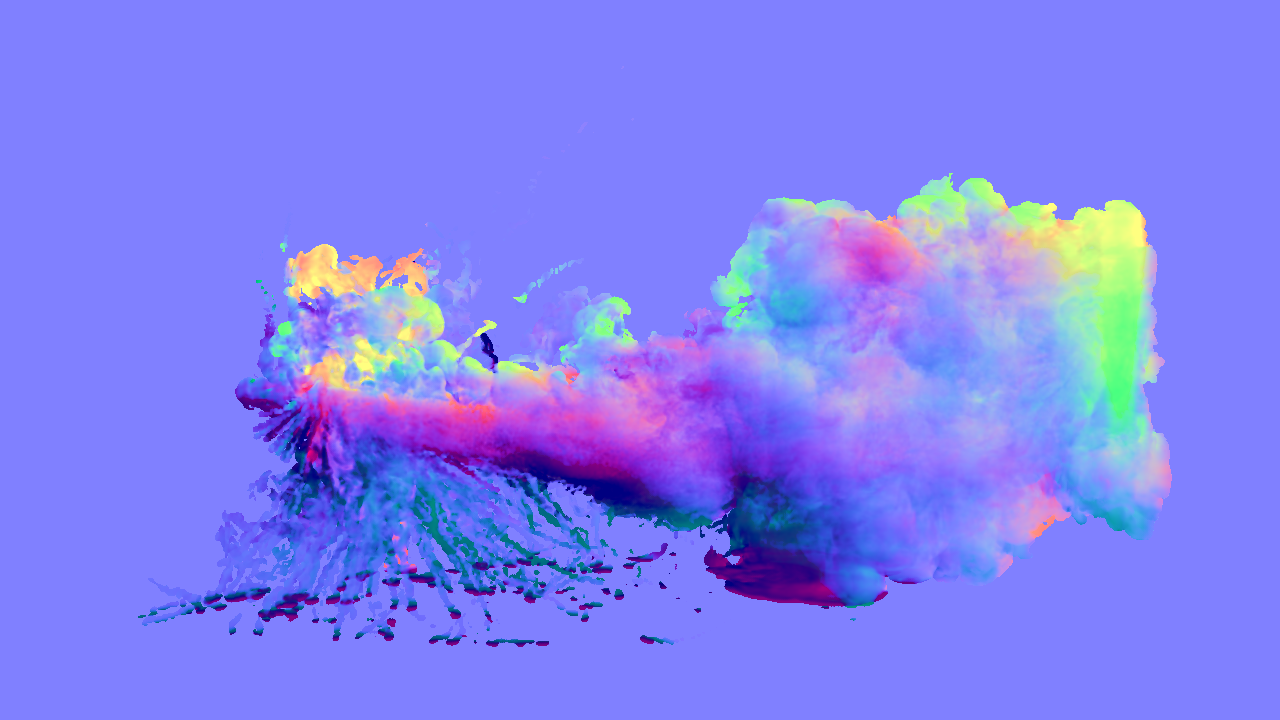
Six Point Lighting & Normals Fixes
Completed
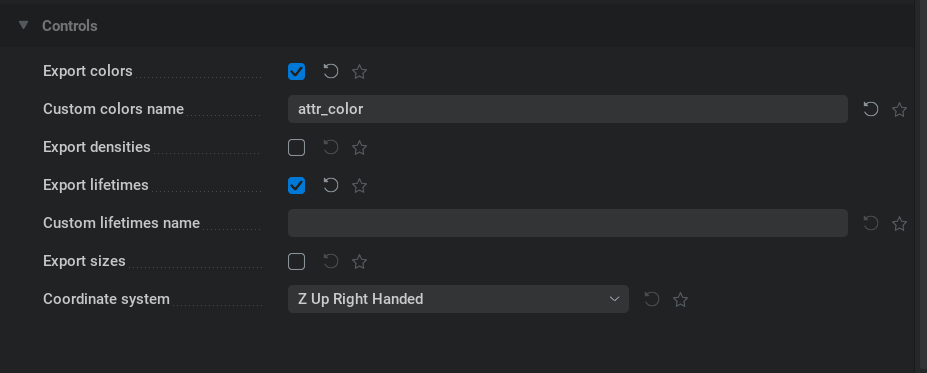
Alembic Particle Exports Investigation
Completed
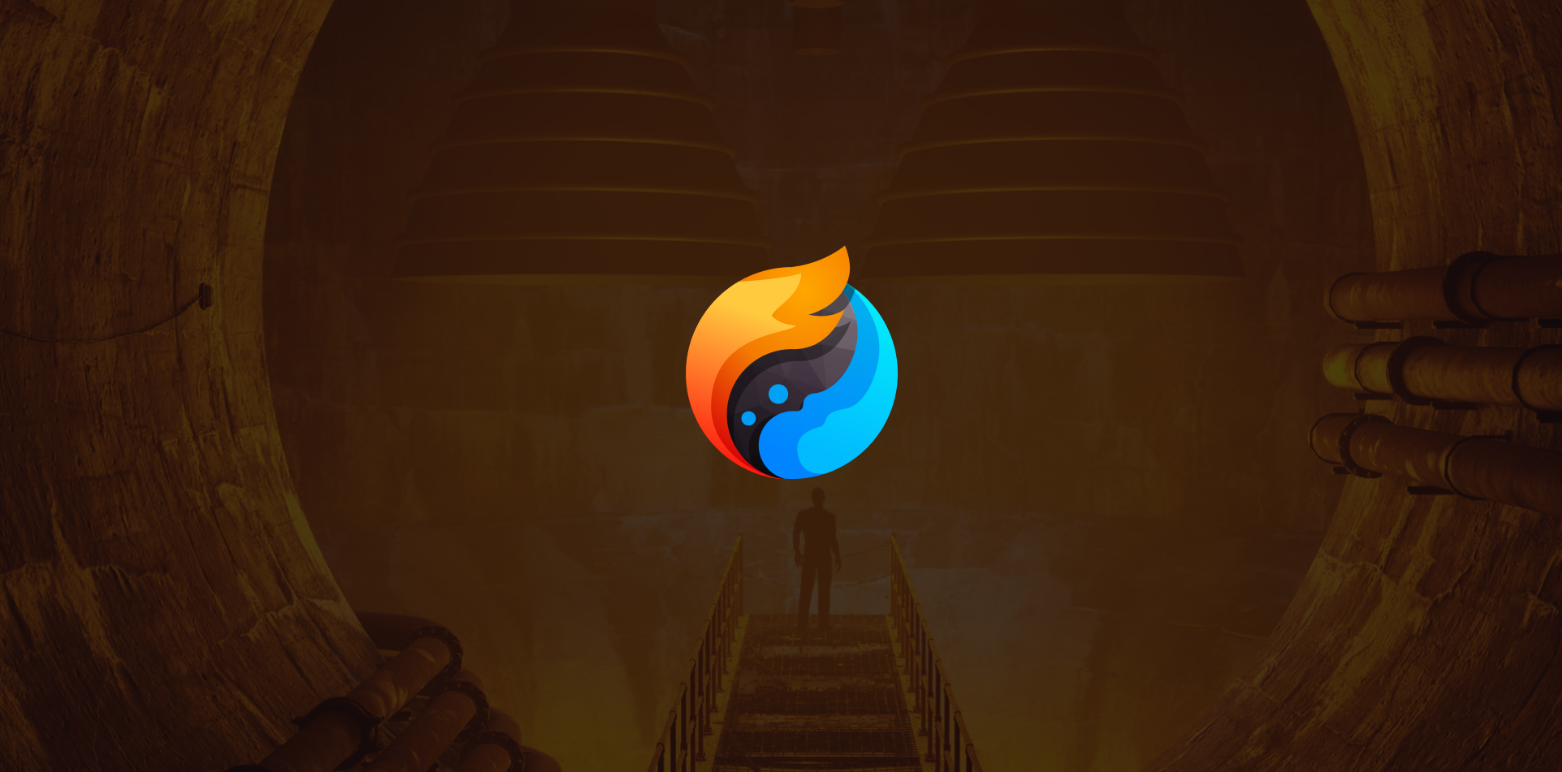
1.2.3 Changelog
Completed